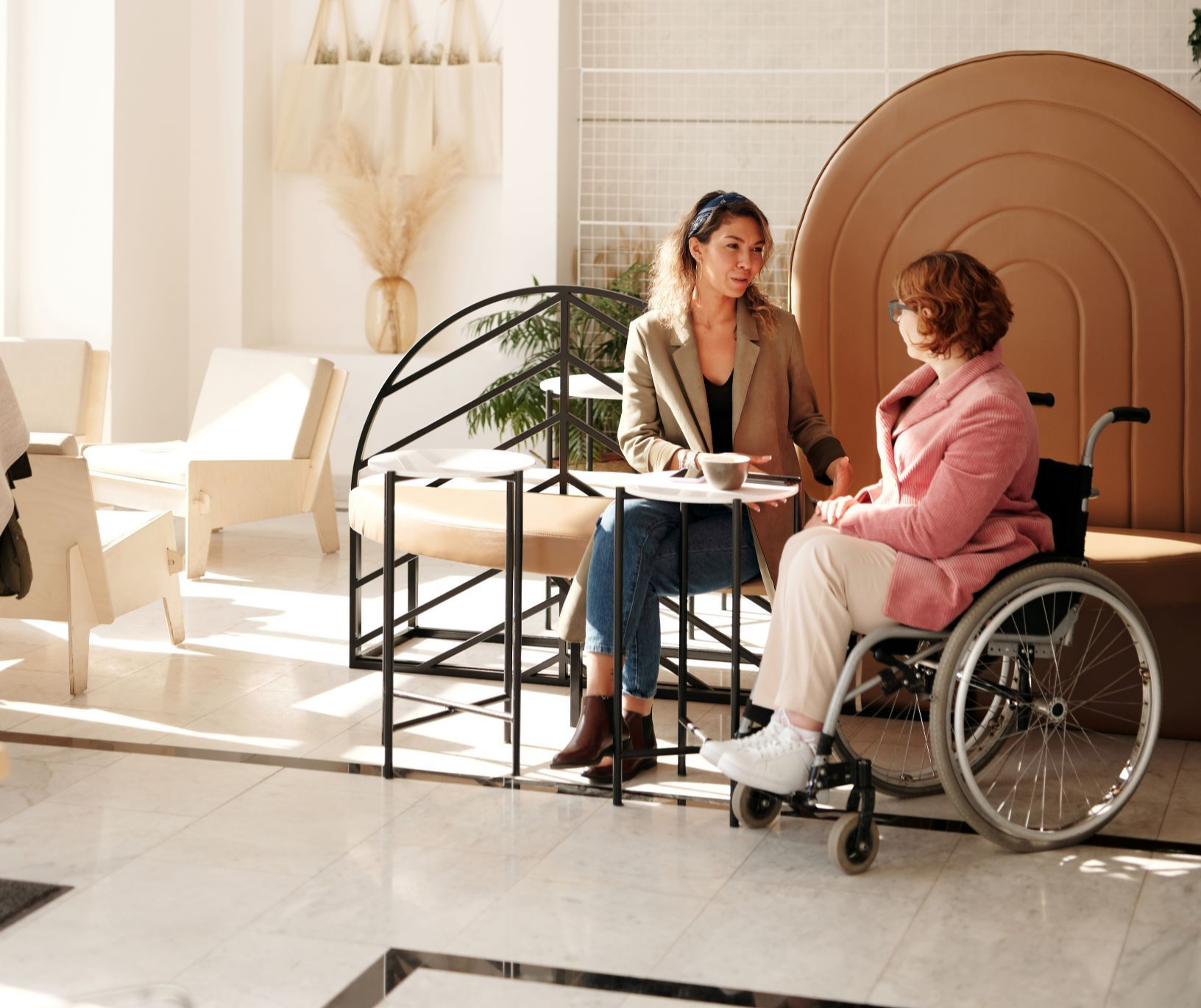Welcome to guest blogger and OT Pooja A. Patel, DrOT, OTR/L, BCG, CDP, CFPS, CGCP
Everyone knows the population is aging—Silver Tsunami;
Grey Wave; Boomers over 65—it’s becoming common knowledge. However, there seems
to be a blind spot in understanding what this means from a health and care
industry perspective.
Empty space, drag to resize
Keep reading to learn:- Statistics related to falls
- Some challenges related to fall prevention
- Areas to assess and address when working on fall prevention
Empty space, drag to resize
I’ve worked in acute care, an ILF/ALF community providing home health and outpatient OT, in private practice as an outpatient Med B provider offering primary care OT, and in the community as an educator. The common denominator has been the patient population—older adults and their families—and with that, comes falls.
As the population ages, the number of older adults experiencing falls continues to rise, creating significant impacts on health, quality of life, and healthcare costs. Each year, around 25% of older adults in the U.S. experience a fall, leading to an estimated $80 billion in healthcare costs—a number expected to surpass $100 billion by 2030 (that’s only 5 years away!).
Fall prevention has become quite a jargony word, but it entails far more. When I think of fall prevention, I’m thinking of assessment, education, intervention, prevention, and recovery. This sounds quite straight forward to most OTPs, but the reality of it is that we simply don’t have the time to perform truly holistic falls assessments and interventions in traditional practice settings. Recognizing the critical role of occupational therapy in mitigating fall risks, I try to emphasize the importance of a holistic, occupation-centered approach to fall prevention for older adults transitioning from hospital to home. This approach leverages comprehensive assessments and targeted interventions to improve safety and engagement in daily activities.
Here are a few of the areas OTPs should assess when working with a client on fall prevention:
• Physical – motor, balance, coordination, strength, sensation, vision, + more
• Cognitive – attention, memory, problem-solving, safety awareness, judgment, + more
• Mental Health – anxiety, depression, fear of falling, self-efficacy, + more
• Pain – muscular, neuropathic, acute vs chronic
• Quality of Life – satisfaction, habits + routines, sleep hygiene
• Environment – indoor, outdoor, social, + more
This allows for more targeted holistic interventions for each client and their family.



